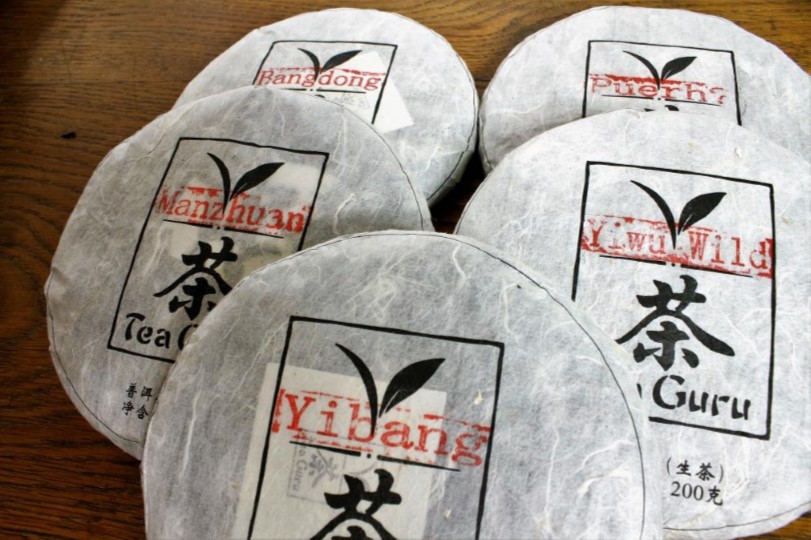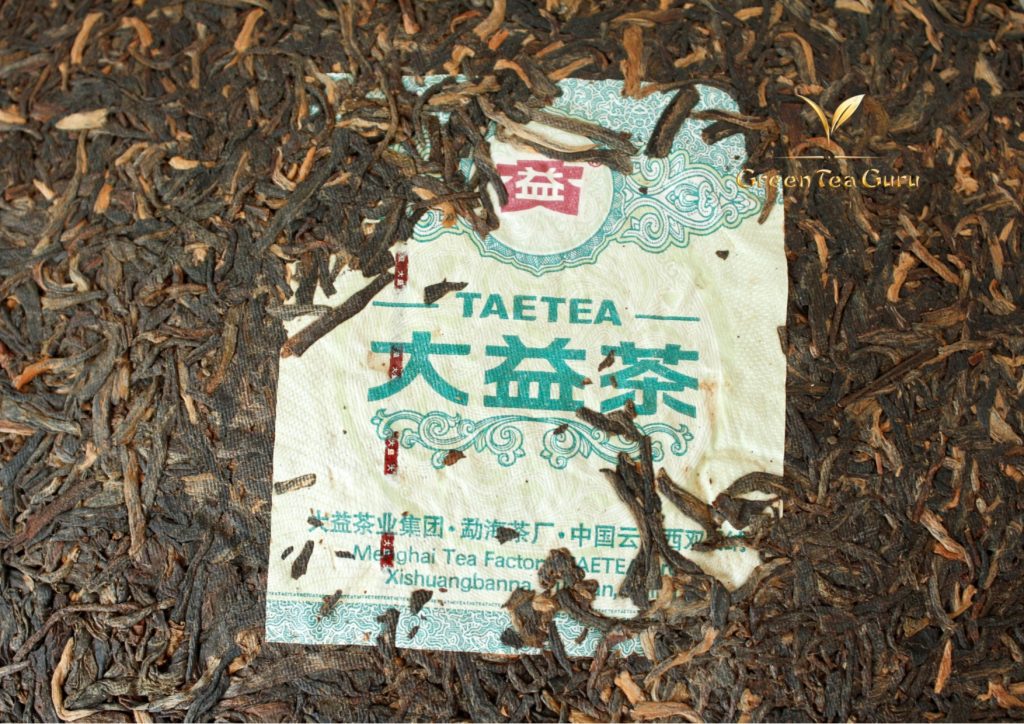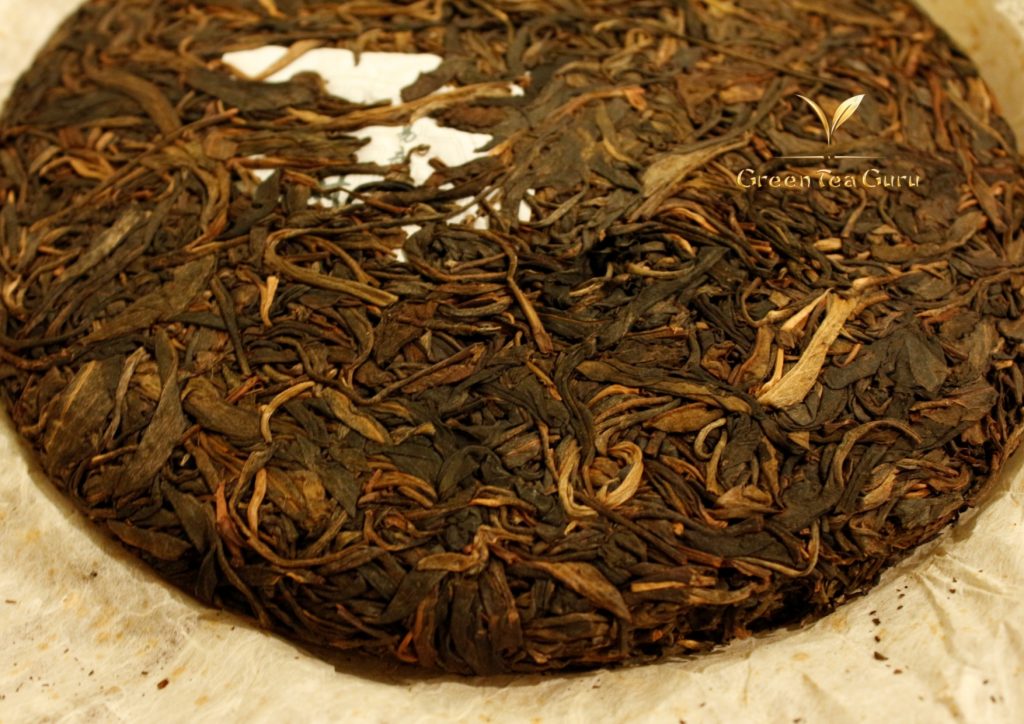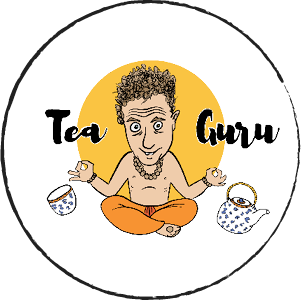
It is pretty hard to go wrong when investing in puerh tea, as we’ve already discussed in previous blogs there is a standardised average of 12% inflation per year for tea. this will generally equate to a rise of 75% after five years of storage. In this blog we’re going to be looking closer into what fuels market forces and how we can look to gain from this.
The current trend for new spring tea is that it will increase around 20% each and every year. when taking into account more noteworthy regions the price for top Gushu or Singletree has risen way more. It’s hard even for farmers to keep track sometimes. The reason for this is that in the higher echelons of the tea market there is always somebody willing to pay more than somebody else for the best stuff. what I’m trying to demonstrate here is that, as always supply and demand is king in establishing the price of a commodity.
If you’re looking to save some money, invest in yourself and Tong up then there are a few avenues of speculation.

- Proven factory cakes. Dayi (Menghai Tea Factory) is the number one choice for investment. Why do people flock to it? It has a proven track record and A localised stock market dedicated to its prices. The tea itself is generally seen as a good investment for future ageing potential, it’s been proven over time. All previous versions of their cakes have aged wonderfully, some years over others for a few reasons! The 7542 recipe being the number 1 choice for investment. This factory isn’t the only choice mind you, xiaguan and even recipes from Feng Qing are decent candidates. I was in a position last year where I had the opportunity to buy the last case of 2003 Feng Qing Jia Ji Er Deng in Guangdong. An 84 cake case! This is the most popular recipe for Feng Qing and an amazing bet for the future however, they wouldn’t split the case and it would have been a big investment of space and resources….reluctantly I had to pass on it 😔.
- Early examples of true single estate Gushu material. It wasn’t really until 2005 onwards the farmers started to produce more single state offerings. Before that time Pu Erh tea generally used to be thrown into one big batch, all the farm had to offer. There will be some point in the future when people will look back in search of any 2005 to 2012 true single estate gushu. It will be highly valuable as Gushu is already a very limited resource. TRUE Gushu even more so, the stuff that isn’t blended with lower quality material to sell as ‘true Gushu’ 😂 not much of that. 10 or 20 years down the road most of it will have been sold and drunk. What examples will be around for tea connoisseurs? Not much I tell you and that stuff will be very very expensive! If you are a proven tea drinker with many gushu teas under your belt you will know the taste and signs of a true gushu, you’ll be able to establish by taste and feeling as to wether it’s been diluted by lesser material, if it’s even from the region the seller is saying it’s from, if it’s spring tea or autumn tea. This knowledge comes with time, you could always rely on the trust of the tea seller if you so wish 😊. Early Da Shu examples are probably safe bets on this basis too.

So to sum up, anything from Dayi or early examples of Gushu or da Shu raw is worth a punt! Kind thanks for sticking to the end. Please get in touch if you are interested in investing in your Pu drinking future. We can work out together what your goals are and how to achieve them!
Happy cupping! Oli

I have received the 2004 Yushisanhe m’Lau Shu Cha’ Yiwu Puerh Cale. Thanks.
I have not tried it. I do not know how to brew it. Please advise. Teapot? How much per cup and/or mug? Brewed with boiling water? For how long?
I wI will consider investment after I try tea.
Regards,
E.H. Stubbes email: pulitout@hotmail.com
Hello! Too brew puerh tea please follow the steps shown in this video:
https://youtu.be/gnpx1A422I4
The main thing to consider when brewing Pu Erh tea is to use very short infusions to avoid any unwonted bitterness. To do this we use a gaiwan or small tea pot, opposed to eastern brewing method ‘big teapot’